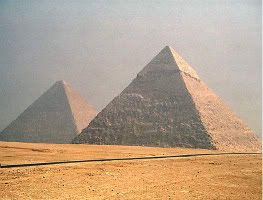Copyright © 2009 Aleya Rouchdy, All Rights Reserved
Language contact or language conflict situations explain the changes that occur in the Arabic spoken by first, second, and third generation Arab Americans.
Arab Americans are quite diverse. They have emigrated from different parts of the Arab World. They use different dialects. They constitute a linguistic community that incorporates many different 'speech communities.'
In the Detroit metro area there is an interesting double contact situation. Different Arabic dialects come into contact, as well as two different languages come into contact: Arabic and English.
What will then be the future of Arabic as an ethnic language in the American diaspora?
The diglossic nature of Arabic, colloquial versus standard, is a factor that ought to be taken into consideration when examining the future of Arabic as an ethnic language.
Standard Arabic acts as a unifying force between all speakers of Arabic who belong to different 'speech communities.' It creates an interesting relationship between the learning of Standard Arabic as a foreign language, and the maintenance of the different dialects. However, the learning of Standard Arabic will not prevent the changes that occur whenever, the different dialects or languages come into contact. These changes result into a lingua franca, that acts as a bond among Arab Americans.
Strangely enough, the rise of a lingua franca used by Arab Americans might lead to the maintenance, or learning of one's ancestral language - as a foreign language.
In future posts, I will give some examples of the Arabic used among Arabic Americans belonging to the different 'speech communities.'
Any comment or addition to the above post on the Arabic used in the U.S.A will be informative.
Sep 27, 2009
Subscribe to:
Post Comments (Atom)





No comments:
Post a Comment